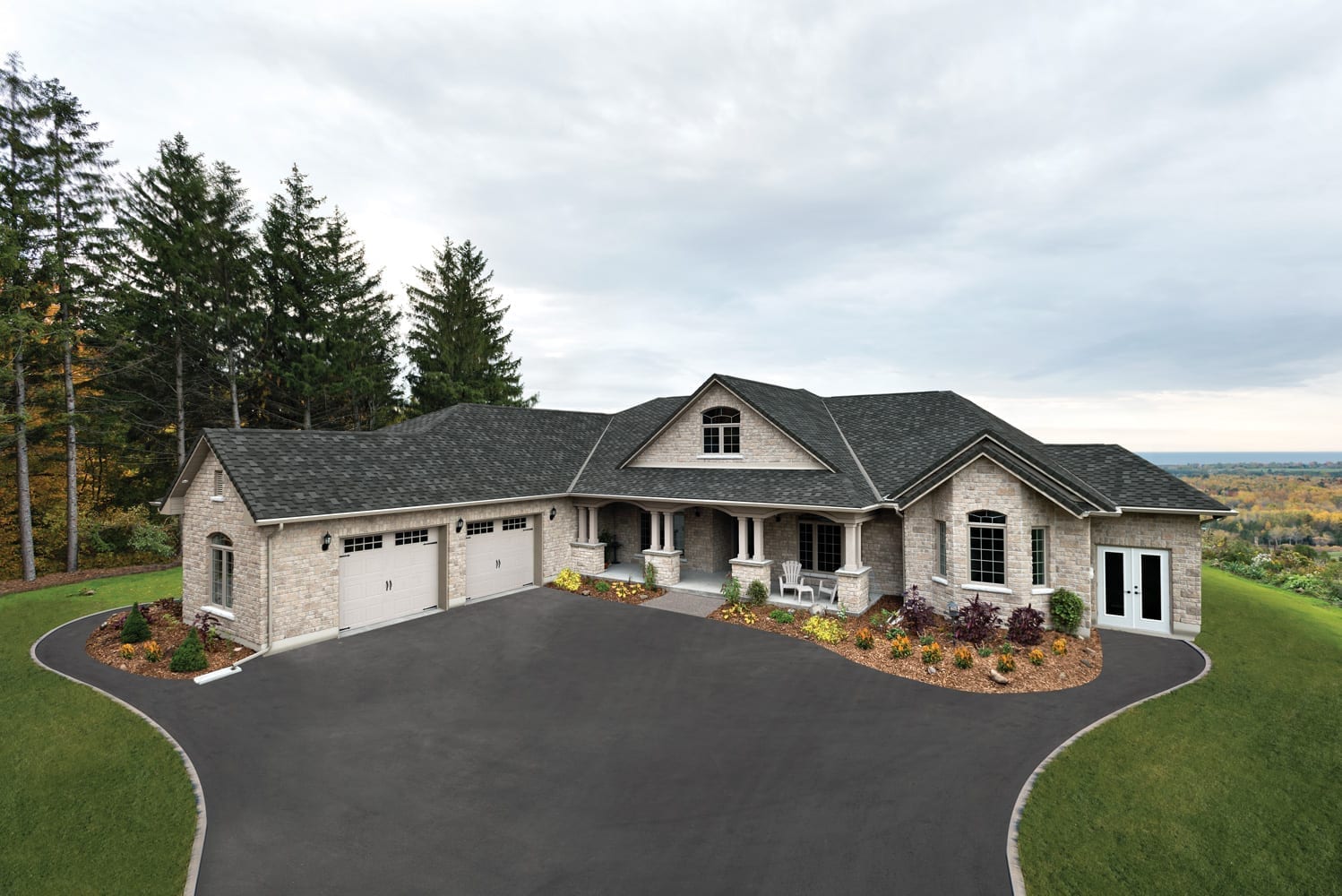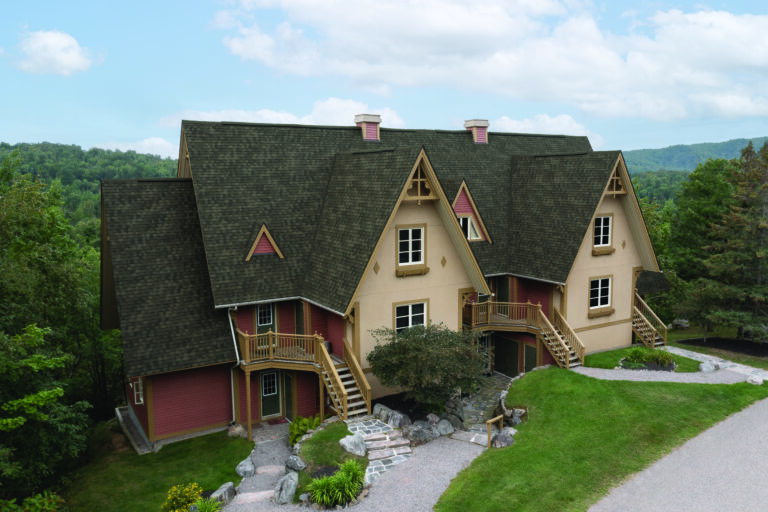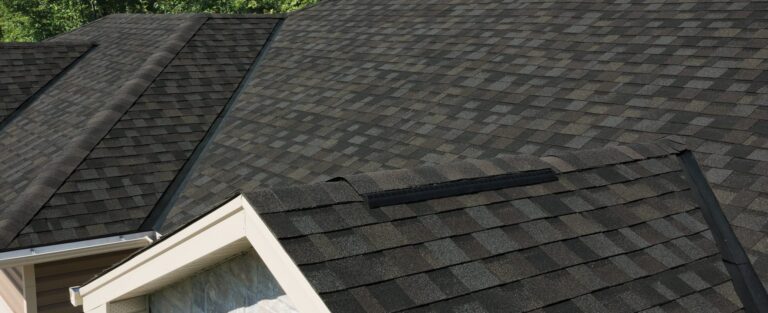Which Roofing Materials are Right for Your Garage?
From shingles to self-adhesive membranes, there are many materials to choose from for your garage roof. However, shingles aren’t the only thing you need to protect whatever you’re storing in your garage. One of the biggest oversights people make when installing garage roofs is not adding all of the components of a proper roof system, such as vents, insulation and drip edges. Without a full roof system, your garage roof could quickly be damaged by the elements, which might endanger whatever you store inside. This article will give you an overview of not just your material options, but also the accessories that are necessary for your garage roof.
Will Your Garage Look Good?
Before you choose your garage roof’s materials, it’s also a good idea to ask yourself if your garage will be seen as an extension of your home or not. Attached garages and detached garages that are large and visible from the street will look best when they match your home’s roof. You have more flexibility when choosing a roof for a smaller garage or even a shed that is tucked behind the house because it won’t affect your curb appeal. Although, even a hidden garage roof may still affect how potential buyers feel about your backyard. Take a peek at your home’s roofing material and keep it in mind when you look through the material list below.
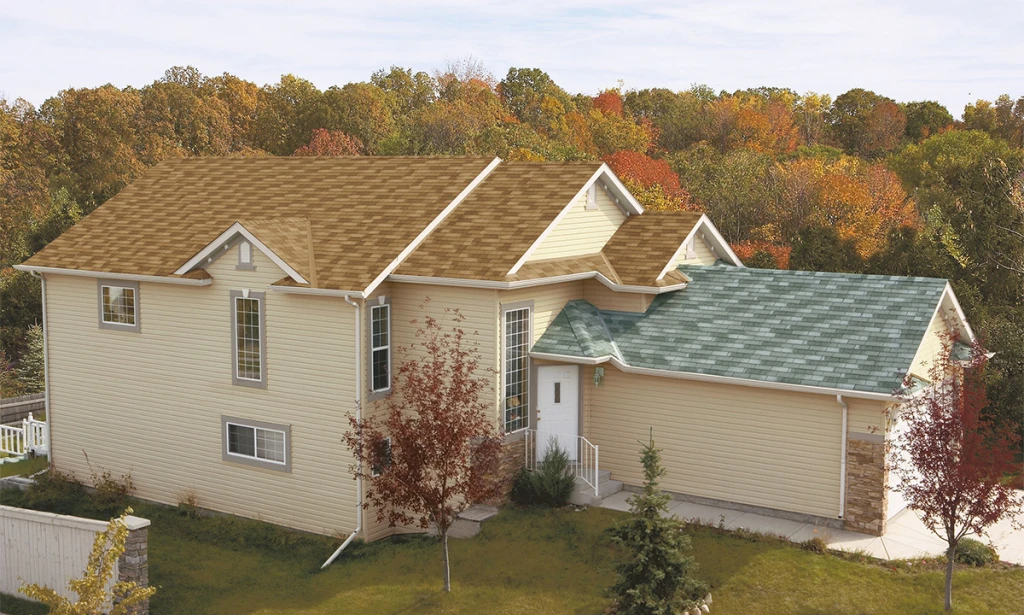
Materials You Can Install on a Garage Roof
High-Pitched Roofs
The materials you can use on a garage roof depend on its pitch. High-pitched garage roofs include many styles, from gambrels to hip roofs to gable roofs. As long as your roof’s pitch is above 2:12, you can use the following materials.
- Metal roofing: Specialized metal roofing makes for a very durable and reliable roof. However, it’s very expensive. Some homeowners worry it will be noisy in the rain — although that’s not as much of a concern on your garage.
- Clay/concrete tiles: Clay and concrete tiles are popular roofing materials in Europe. You can find them in North America, but they aren’t the best choice for a garage roof. They’re durable, fire-resistant and often beautiful. However, they’re heavy, which may add too much weight to your garage.
- Cedar/wood shingles: Wooden shakes and shingles are available to adorn your garage. While they have a finer look than many other garage roofing options, they need more maintenance than all other options and wear out faster in wet areas.
- Asphalt shingles: Asphalt shingles are the most popular residential roofing material in North America and make great garage roofs for much the same reasons they’re so widely used throughout North America. Asphalt shingles are durable and can be very cost-effective. If you choose asphalt shingles, then you’ll likely be able to match your garage with your home exactly, which is key to maintain the look of your property.
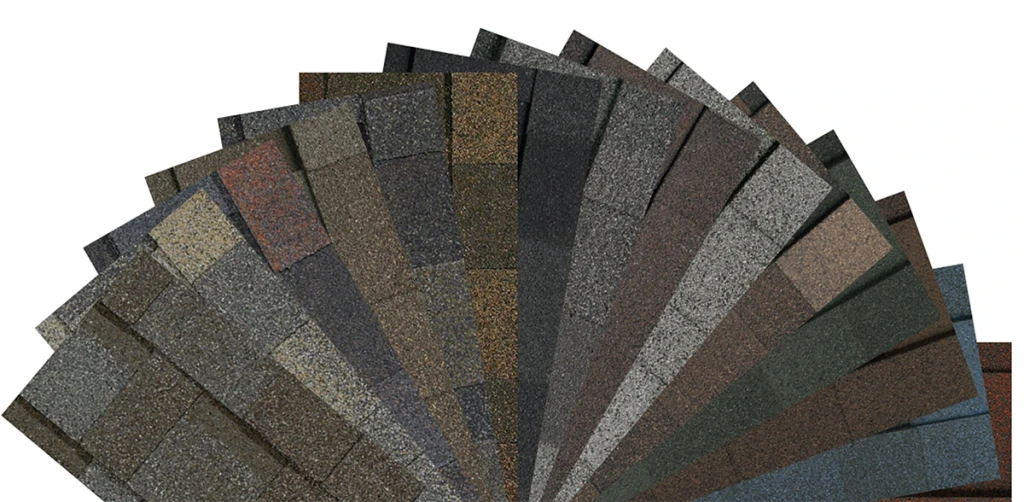
There are different kinds of asphalt shingles. Three-tab shingles used to be the most common and come in a variety of colors. Architectural shingles provide durability and can mimic other beautiful roofing materials, including wood and slate, and are also available in a wide variety of colors.
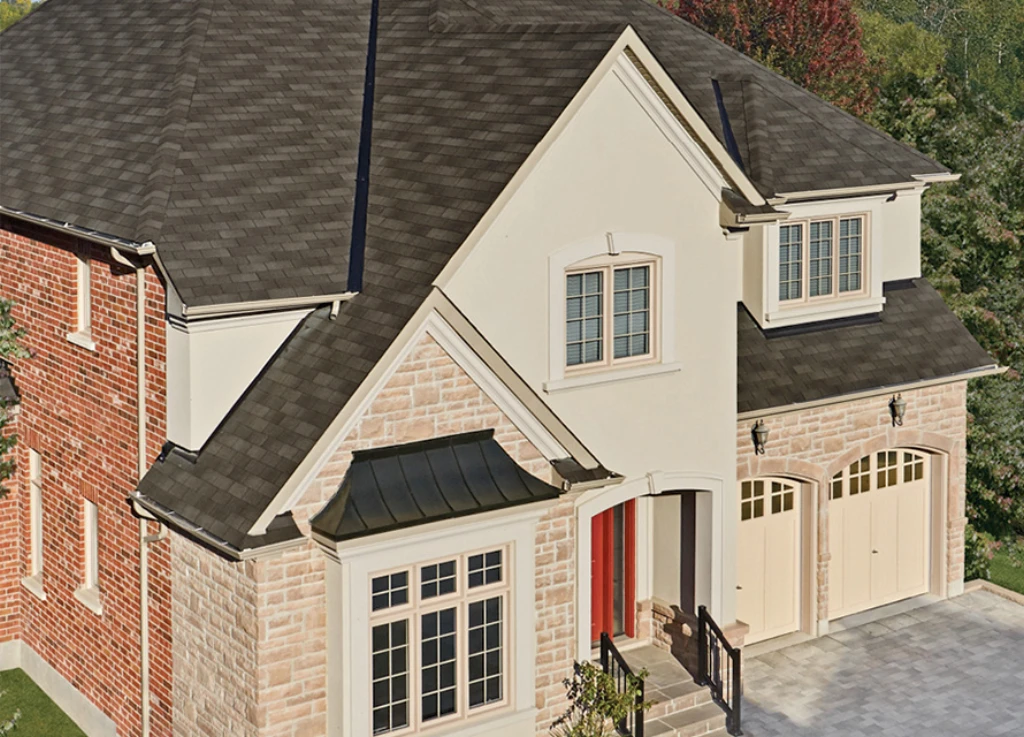
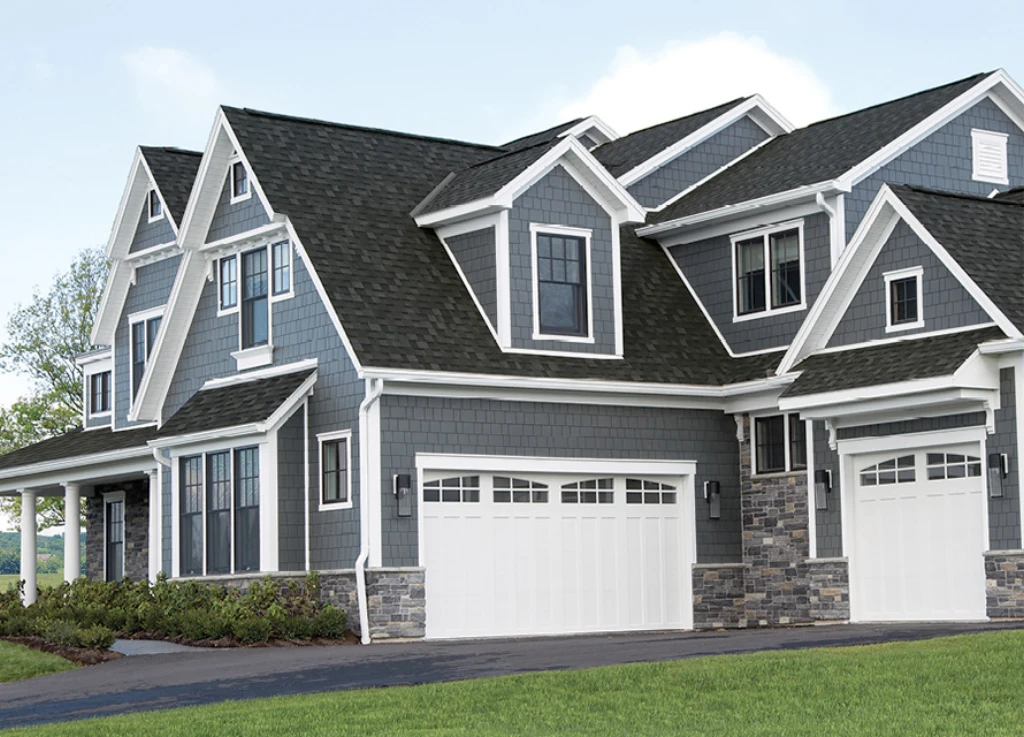
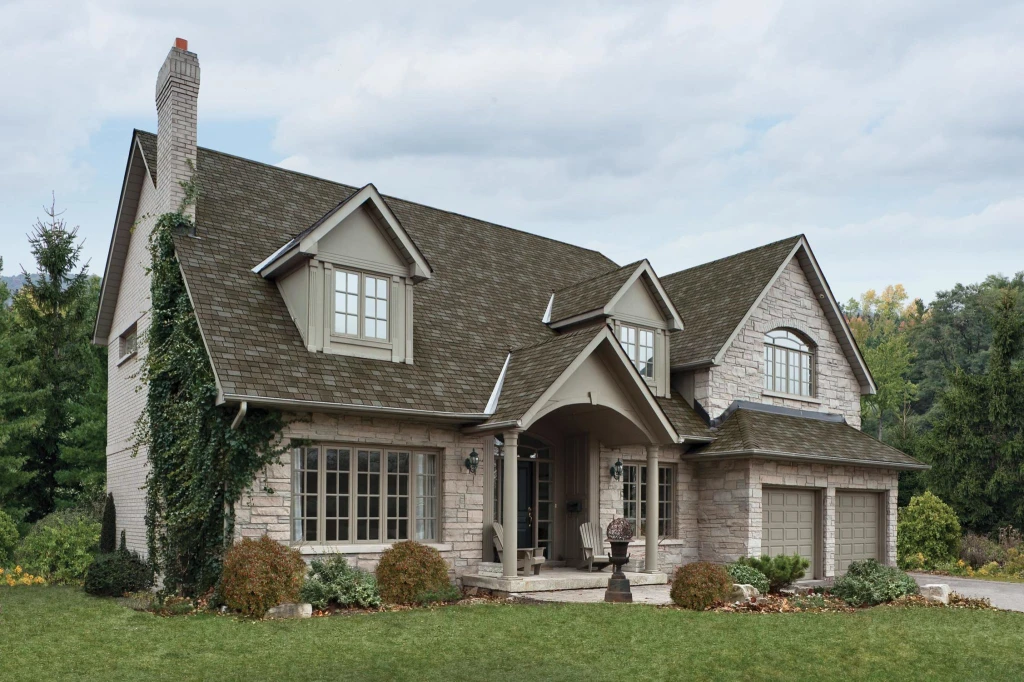
Low Slope and Flat Roofs
Roofs below a 2:12 pitch are considered low-slope roofs. These need special roofing materials, whether on a garage or a home. If your shed is low slope, you can’t use shingles, but you can probably use IKO’s Roof-Fast roll roofing.
- Self-adhesive membranes: IKO’s Roof-Fast product is available in three membranes that can be used together or separately to protect your garage. Choose two of the membranes, depending on which base sheet you need. Roof-Fast Base MA is a mechanically attached base sheet that can be secured with nails, while Roof-Fast 95 Base is a self-adhering base sheet. These membranes are much easier to install on or close to a residence than the torch-down membranes you’d find on commercial roofs. They offer superior water protection as long as the roof has positive drainage (to achieve positive drainage a roof must be at or above 1:12 pitch). Further, they were designed with residential use in mind, so they’re available in a range of popular colors, one of which is sure to look good next to your home’s existing roof.
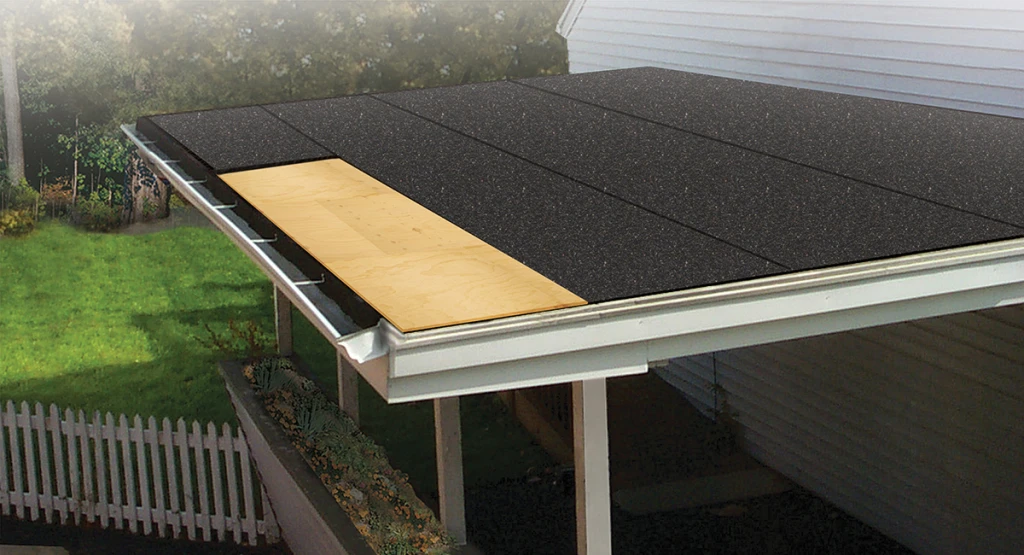
How to Convert a Flat Roof to a Pitched Roof
If you’d rather use asphalt shingles on your garage roof, or think your property would look better if the garage had a higher pitch, you could convert the flat roof to a pitched roof. Work with a professional roofer and architect to decide how tall your new roof should be, how steep its pitch should be and what style will work best next to your home’s roof.
There are other options to consider. For example, your roofing professional may be able to keep your original flat roof intact and add the new roof structure on top. Even though it costs more to remove the original flat roof, you may want to do so, as it could free up valuable storage space in your garage. Whatever you choose, your new pitched roof will need all of the typical roof layers, from the deck up.
How to Calculate the Cost of a Garage Roof
Another key factor you need to consider when deciding on a garage roof material is cost. While the cost of replacing a garage roof will also depend on the size of your garage, you can’t control that. You can control the materials you choose to install. You can cut costs by choosing more cost-effective materials from the list above.
Once you’ve chosen your material, calculating the cost of your garage roof replacement is simple. Ideally, the roofing professional you choose may have a cost breakdown of other roofing materials by square foot. If so, all you have to do is multiply the size of your garage by their cost. They may even do this for you on the project estimate they provide. If you haven’t chosen a roofing professional yet, or want to buy your roofing materials yourself, you can calculate the cost yourself.
Don’t forget to include other products that your roof may need. Depending on the condition of your existing garage roof, these extras may include:
- Decking.
- Underlayment.
- Vents.
- Drip edges.
- Flashing.
- Gutters.
We discuss each of these roof accessories below to give you a better idea of their importance to your roof.
What Kind of Decking Should You Use on a Garage Roof?
Shingles aren’t the only thing you need to consider when putting a roof on your garage. The base layer of the roof, the decking, is also critical. Plywood is recommended.
How to Fix a Sagging Roof
If your garage’s roof is sagging it is most likely due to improper support. You may end up needing to install a completely new roof from the deck up. You can prepare for a garage reroof the way you’d prepare for your home’s roof replacement.
Drip Edges, Flashing and Gutters
The other major problem garage roofs run into is crumbling or damaged edges. Shingles aren’t enough to protect the edge of a roof because, as water drips off, some of it clings to the surface and soaks up into the decking or underlayment.
The solution is to install drip edges, a type of metal flashing that helps water leave the edge of the roof without causing damage. Water will leave the drip edge and land in the gutter. Speaking of which, you should also install gutters on your garage. If you don’t, water may collect around the foundation and cause damage. If your garage is in your backyard and surrounded by grass, the force of the water dropping from the edge of the garage can damage that grass.
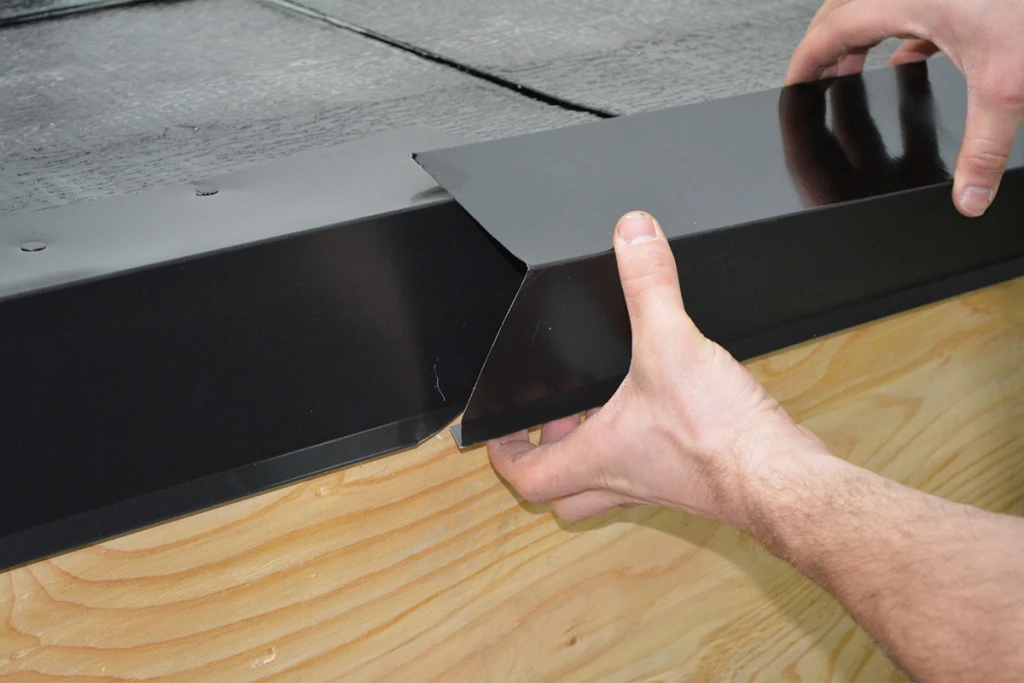
You should also use other types of flashing where it’s needed, such as in valleys or against exterior walls. If you’re not familiar with valleys or other parts of a roof, it’s a good idea to learn about roof components before you decide how to tackle your garage’s roof.
Insulation for Your Garage Roof
Not all garage roofs have insulation; however, if your home and garage share a heating or cooling system, insulating your garage is a necessity, unless you want to substantially increase your heating or cooling costs.
If you choose to insulate your garage, you may want to select thin insulation to give yourself more room for storage. Many people store their bikes, Christmas decor or other seasonal equipment on ceiling shelves in their garage; it’s a very useful spot. Polyiso insulation can help you make the most of it. IKO’s Enerfoil® is a polyisocyanurate insulation with an excellent thermal resistance value (R-value). You can use thinner layers of Enerfoil® and still achieve a better thermal resistance than other insulation products would deliver.
Whatever insulation you choose, a professional should install it. It’s not as simple as cutting out the insulation squares and packing them in. There are many fine details you should keep in mind when installing insulation. For example, you can’t place insulation over your soffit vents because that would prevent air from moving through them. You also need to choose your product’s thickness and quality carefully, seal it with specialized insulation tape and follow many other insulation techniques to get the best results. Overall, the job is best left to the professional.
Garage Roofing Advice
While this article aims to give you a good understanding of your garage and garage roofing options, it’s always best to consult with a professional to be sure you’re making the best decision for you. If you have some questions, you can find an experienced roofing contractor using our Contractor Locator. Most roofing professionals will be happy to take on your garage roofing project.

